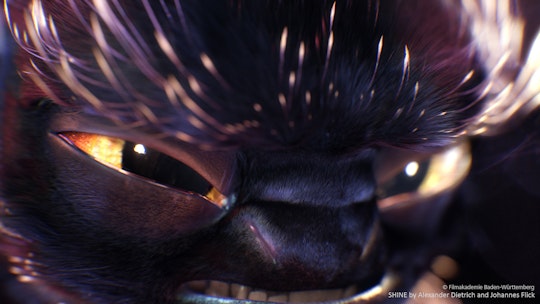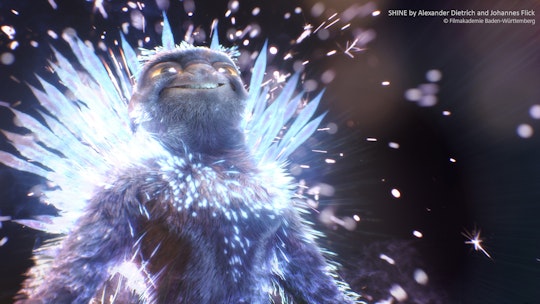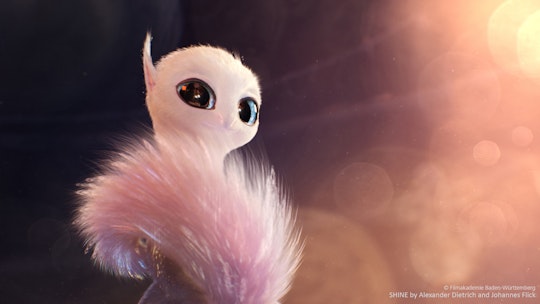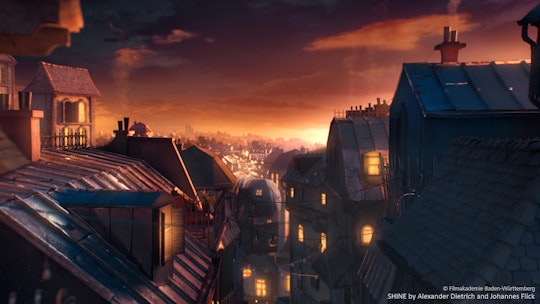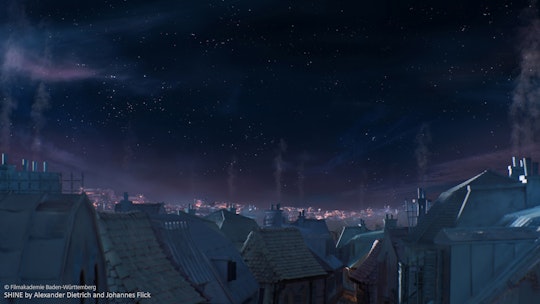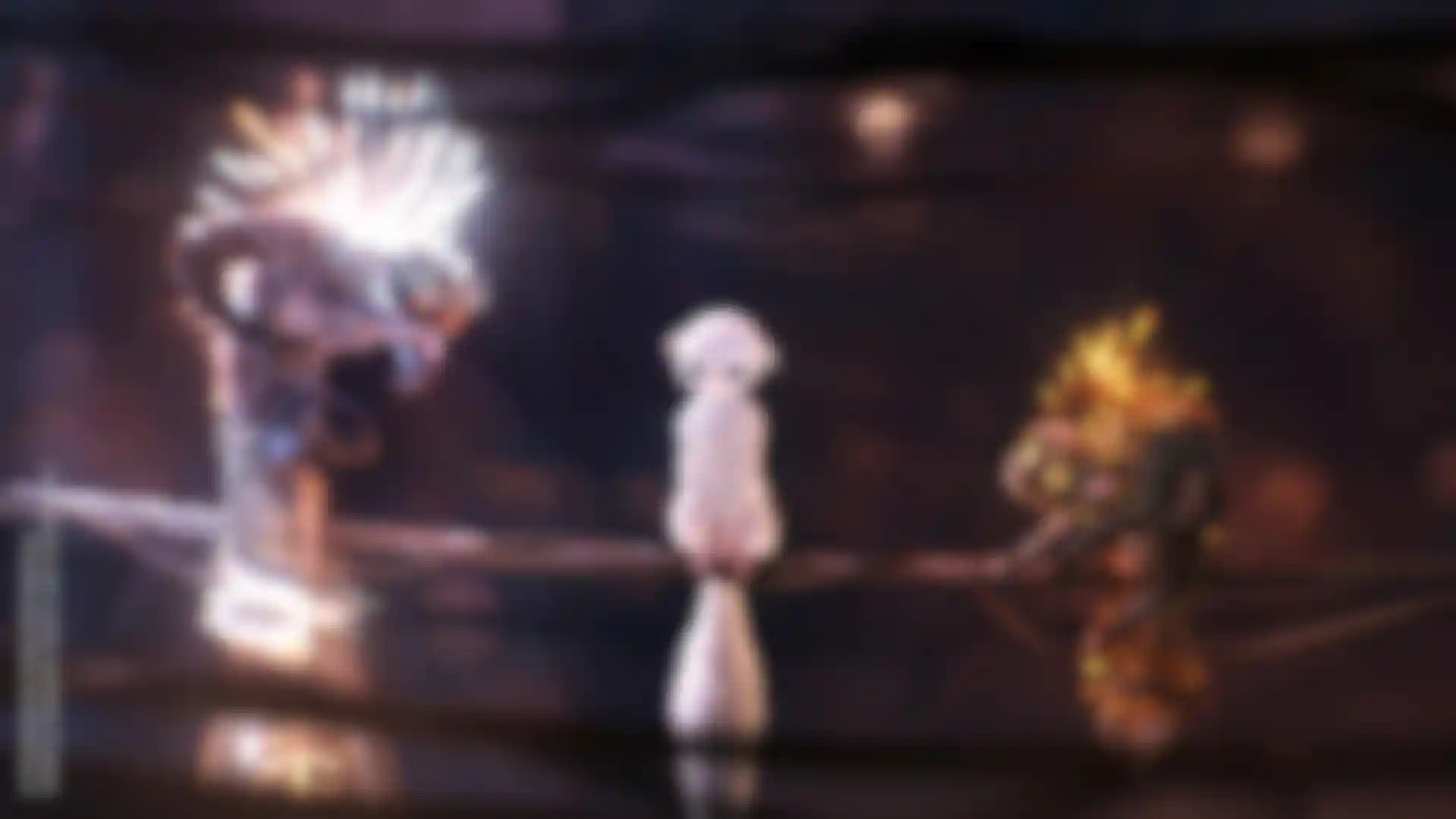
When Two Monkeys See the Light In their thesis work ‘SHINE’, students from the Filmakademie Baden-Württemberg create a charming depiction of the courtship between very special primates.
The most creative ideas are often a result of coincidence – which was also the case with the animated short ‘SHINE’, which was born during the team’s visit in a bier garden. They noticed that not all lights in the chain of lights above them were working and they started thinking of creative reasons as to why this was. At the end of the day, the team’s imaginations had found the reason: small monkey-like creatures run along the chain of lights from light to light and tap their energy so they can glow and impress their female counterparts. An original idea for their thesis work was born!
The film took a total of 18 months to produce and the team continued work on it even after graduation.
After the film’s storyline had been developed, the students first created 2D animatics and gathered reference material for the characters, environment and key elements such as the light bulbs. They then created sketches for the characters in various poses as well as additional conceptual drawings.
A base model that was modified accordingly to create the different characters was used for all 3D models of the monkeys: the main character Sigfried, his muscular adversary Roy and the enchanting Brunhilde with her bright white, shiny fur.
“The wide range of settings and tools that the Hair feature offers proved to be invaluable, even if you need to practice a little to get what you want when creating complex furs like we did”
The Cinema 4D Hair tools were key in designing the characters’ fur, which was fine-tuned with the help of textures from their original rough look to precisely what the team wanted with regard to thickness, curl and other characteristics. “The wide range of settings and tools that the Hair feature offers proved to be invaluable, even if you need to practice a little to get what you want when creating complex furs like we did,” the team agrees. Depending on the shot, the primates’ fur consisted of about 500,000 to 1.7 million individual hairs, which had a very realistic look when they were moved using a Dynamics simulation.
The greatest challenge was animating the characters because of the very complex and versatile rigs that were required. The monkeys had to walk on either two or four legs in both a realistic as well as a cartoon style. Different rigs were used for different phases of the animation such as highly detailed rigs for facial animations and rigs with less detail for the bodies. This made it possible for the team to choose between highly detailed animation or more Viewport performance.
Cinema 4D’s versatile character animation tools were essential for creating convincing and detailed character movements. The characters’ limbs could be bent to make quick movements look more fluid. Ears and tails were animated both manually and using simulations – and these were also mixed seamlessly for certain sequences. To be able to animate the characters as realistically as possible the team conducted an acting workshop and filmed their movements for reference. They also referenced films of real animals in the wild.
To create the monkeys’ highly expressive facial movements, the team deformed the facial mesh using Pose Morphs that were modeled in Cinema 4D and controlled via XPresso. They also used soft weighted joints to fine-tune the facial movements, e.g., to curl the lips or eyelids for certain emotions.
The characters’ large eyes were designed to add personality and vitality. This is why the team constructed a special rig especially for the eyes, which let them precisely control the size of the pupils and the iris’ outer edge to make the eyes look even bigger in certain scenes. Each eye’s iris is made up of three different, layered textures that add depth and realism. The rig also made it possible to modify the distance between these layers so the eyes’ appearance could be adjusted according to the lighting mood for a given scene.
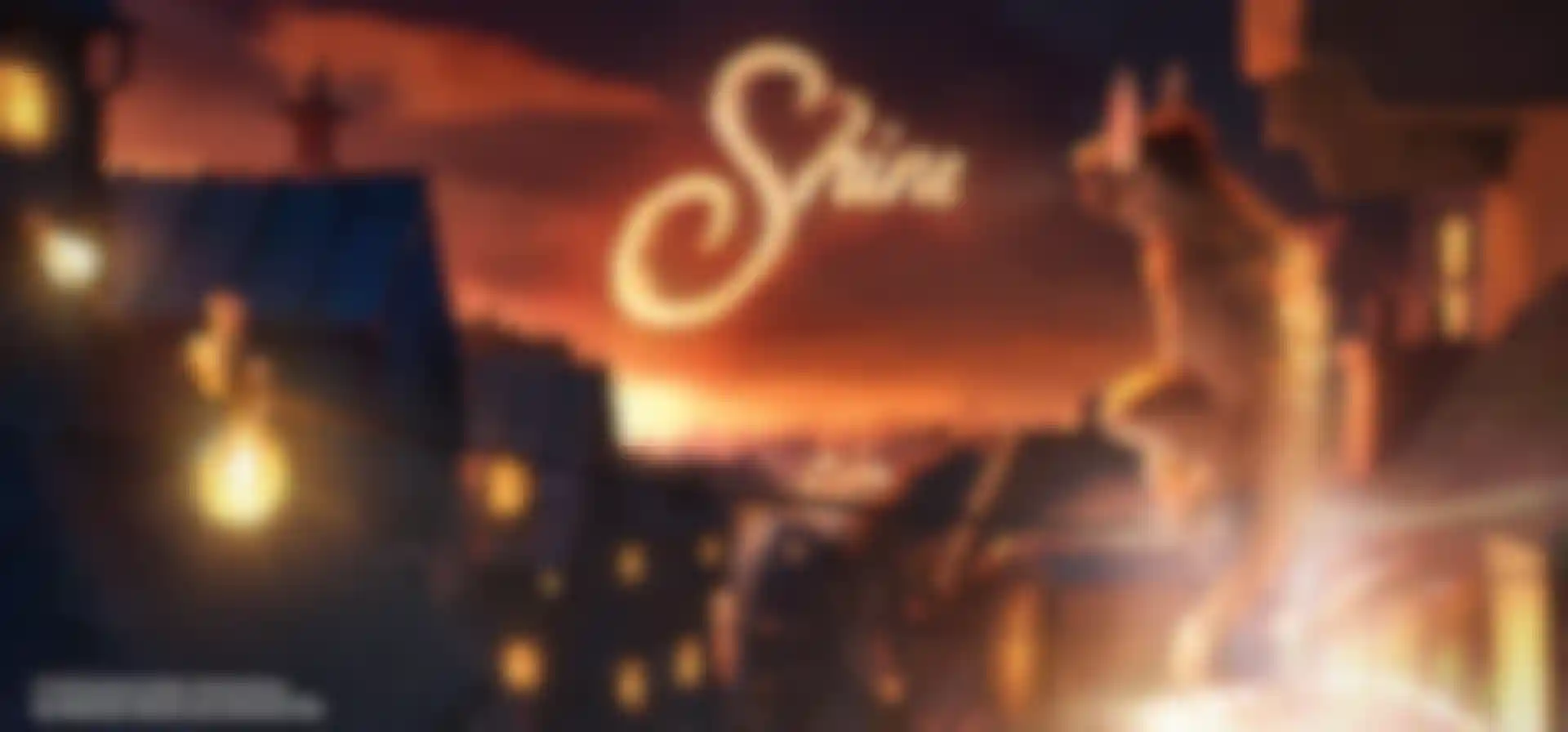
The team used Cinema 4D’s Physical Renderer to render the film, which gave the characters’ fur an even more realistic look.
Cinema 4D was the SHINE team’s tool of choice and it gave this small team full control over all processes: “We chose Cinema 4D because it’s the software we trust and we knew we could complete all the tasks we needed to complete – including some that were extremely complex – such as rigging, animation and rendering without having to look elsewhere for help.”
With their film SHINE, the successful graduates of the Filmakademie Baden-Württemberg demonstrated that attention to detail for character animation in particular really pays off: SHINE was nominated for the highly coveted VES Award – one of the VFX industry’s most sought after awards.
Making-Of:
Credits:
Direction: Alexander Dietrich, Johannes Flick
Film music: Juri de Marco
Sound design: Dominik Kostolnik
Animation: Ringo Klapschinsky, Alexander Dietrich
Producer: Mareike Keller
Compositing: Johannes Flick, Dennis Müller
Additional Sound & Mixing: Marvin H. Keil
Production: Filmakademie Baden-Württemberg GmbH
Project Facebook page:
https://www.facebook.com/shine.animation
Filmakademie Baden-Württemberg web site:
https://www.filmakademie.de/


